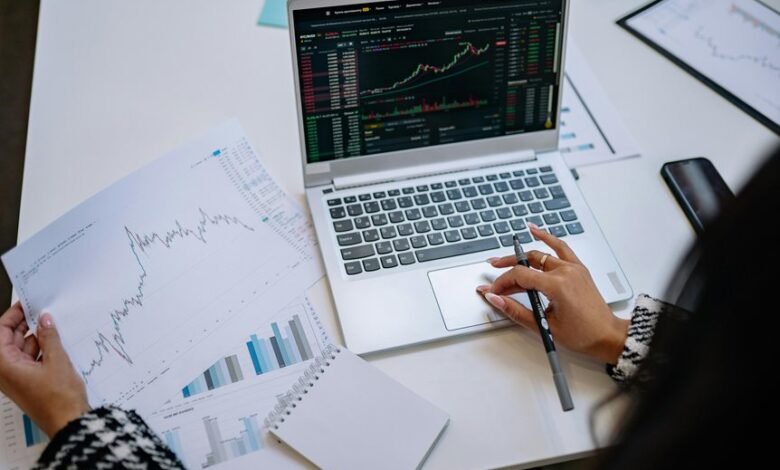809110084 High-Yield Dividend Stocks You Should Know

Investors focused on high-yield dividend stocks must carefully evaluate the sustainability of dividend payments, considering factors such as financial health, cash flow stability, and payout ratios. While attractive yields can enhance income streams, they often come with increased risk, especially in sectors prone to volatility or companies with high leverage. Understanding these nuances is crucial to avoid potential pitfalls and identify stocks that can deliver reliable returns over the long term.
Assessing Dividend Sustainability and Risks
High-yield dividend stocks are characterized by their ability to generate substantial income relative to their share price, appealing to investors seeking regular cash flow and financial independence. When evaluating these securities, dividend sustainability becomes a critical factor, as a high yield alone does not guarantee ongoing income. It requires rigorous risk assessment to determine whether the company can maintain or grow its dividends over time.
Companies with sustainable dividends typically exhibit stable earnings, strong cash flows, and prudent payout ratios, indicating a resilient business model capable of weathering economic fluctuations. Conversely, unsustainable dividends often stem from companies with volatile earnings or excessive payout ratios, increasing the risk of dividend cuts that could jeopardize an investor’s income stream.
Risk assessment in high-yield stocks involves examining financial health indicators, such as debt levels, profit margins, and operational stability. Elevated leverage or declining revenues may signal potential dividend reductions, undermining the investor’s goal of steady income.
Additionally, industry-specific risks and macroeconomic factors should be considered, as sectors with cyclical tendencies or regulatory vulnerabilities may pose heightened threats to dividend continuity. Analyzing historical dividend payout consistency, corporate governance, and management’s commitment to dividend policy further enhances the investor’s understanding of sustainability prospects.
For those seeking financial freedom, understanding the interplay between dividend sustainability and risk assessment is paramount. It ensures that investments align with long-term income goals rather than short-term yield chasing, which can be perilous.
High-yield stocks with robust, sustainable dividends and sound risk profiles offer a more reliable pathway to income stability and independence. Ultimately, diligent analysis guards against the pitfalls of overreliance on high yields without regard to underlying financial resilience.
Conclusion
In evaluating high-yield dividend stocks, investors must scrutinize financial health, assess earnings stability, and analyze payout ratios. By examining cash flows, identifying prudent risk management, and prioritizing long-term stability over fleeting gains, they build a fortress of sustainable income. Vigilance acts as a compass, guiding through volatile sectors and high leverage, while disciplined analysis ensures dividends remain resilient, steady, and reliable—crafting a foundation where income streams flow securely, unwavering through market fluctuations.




